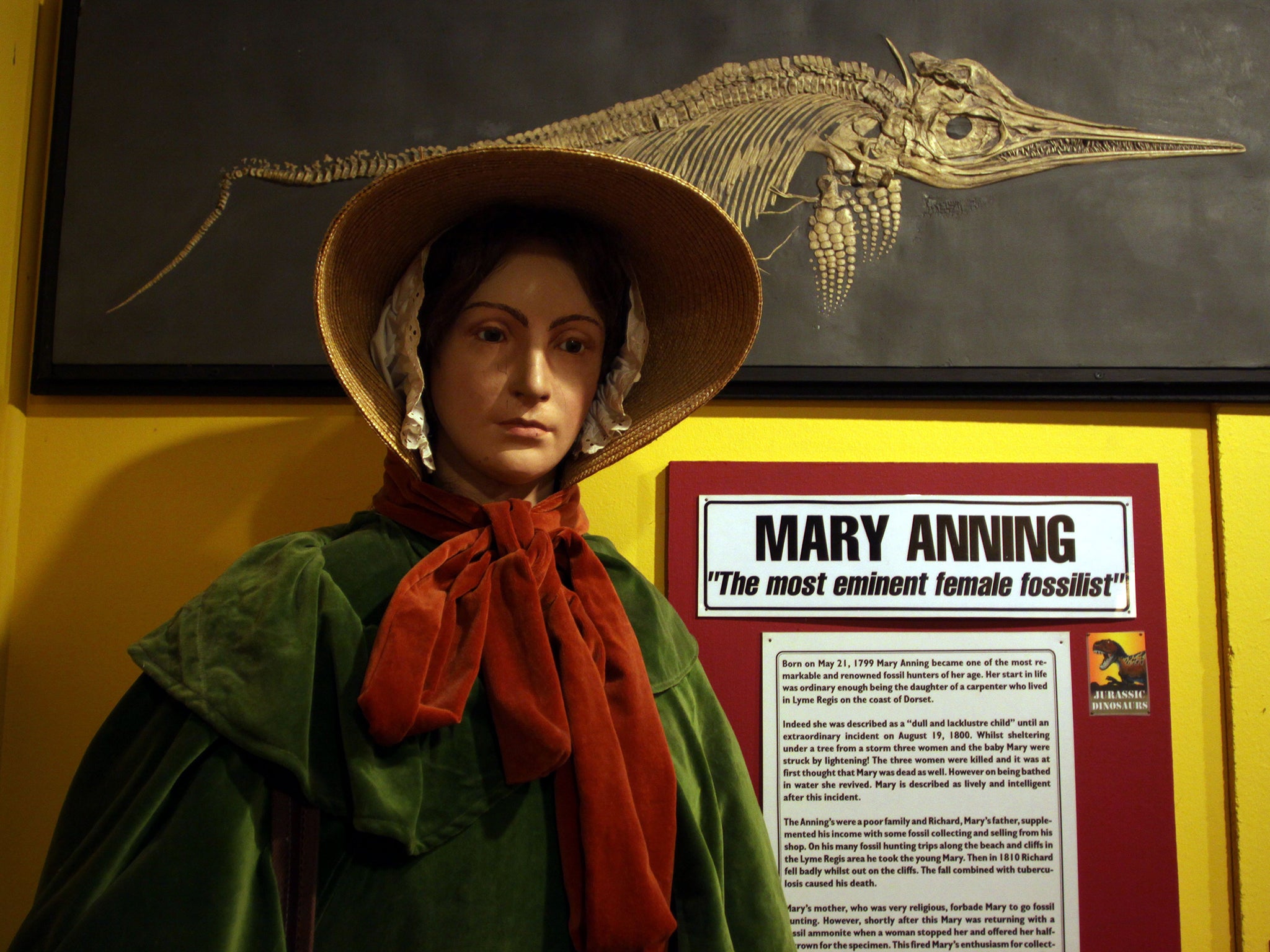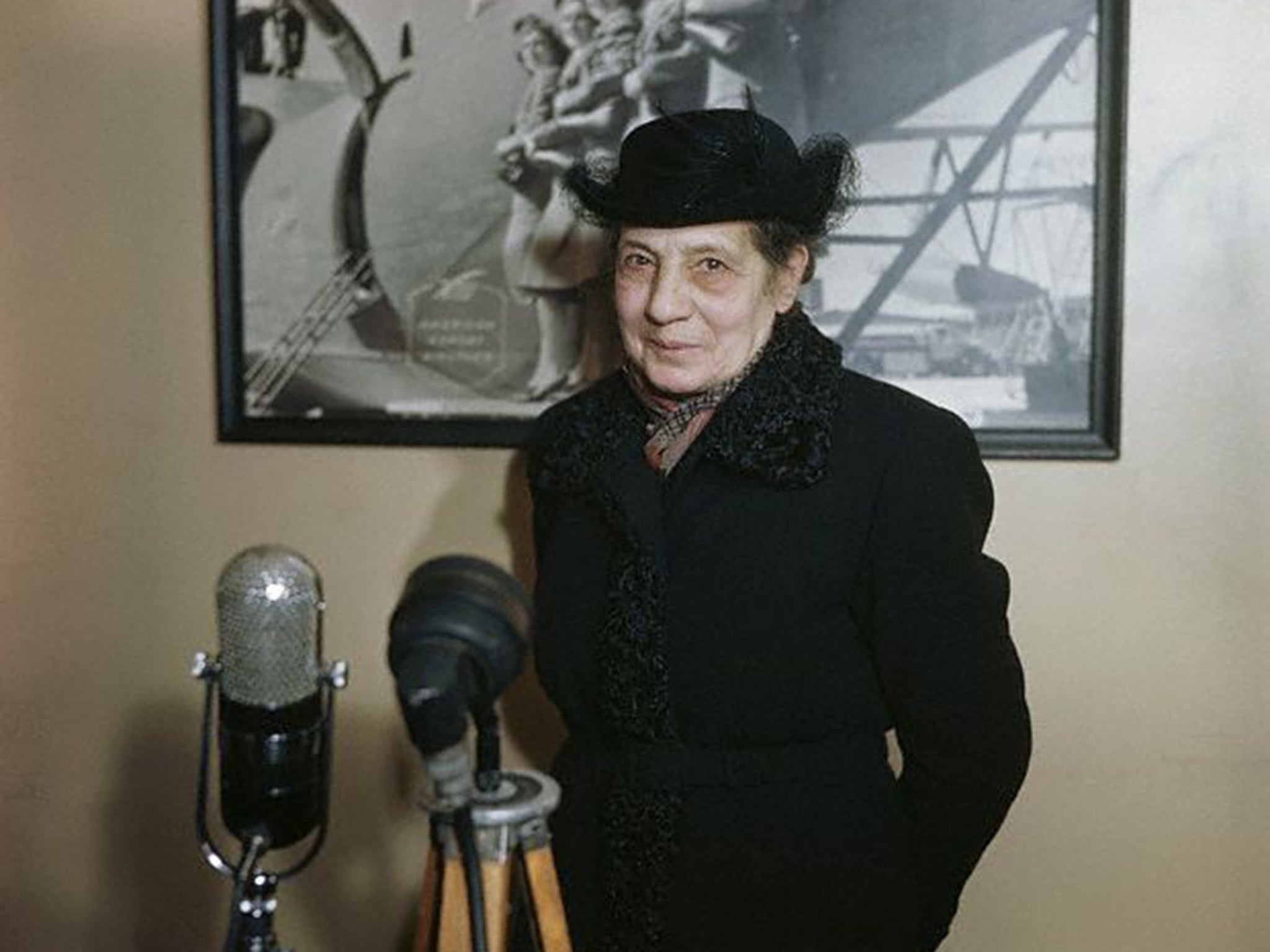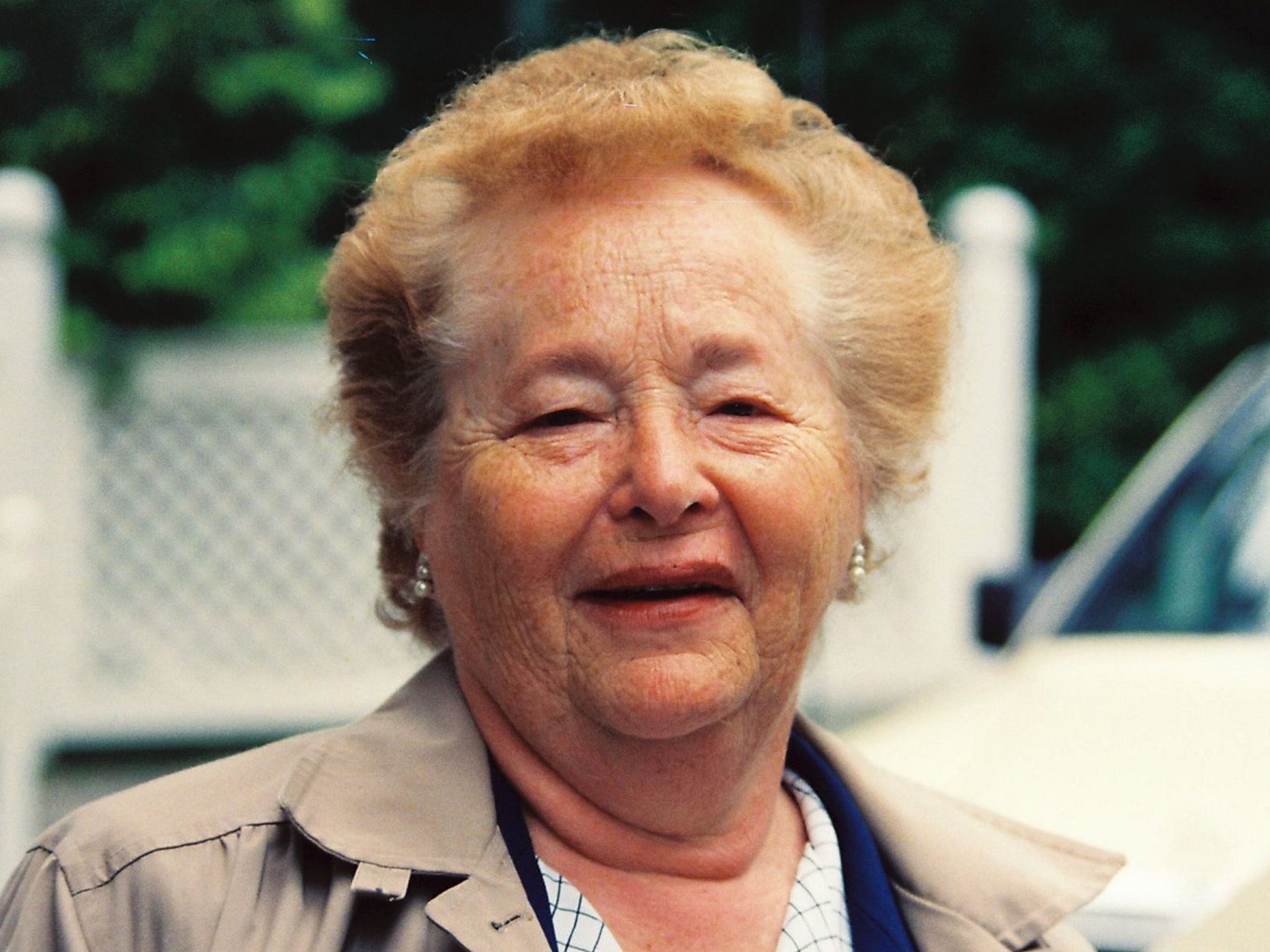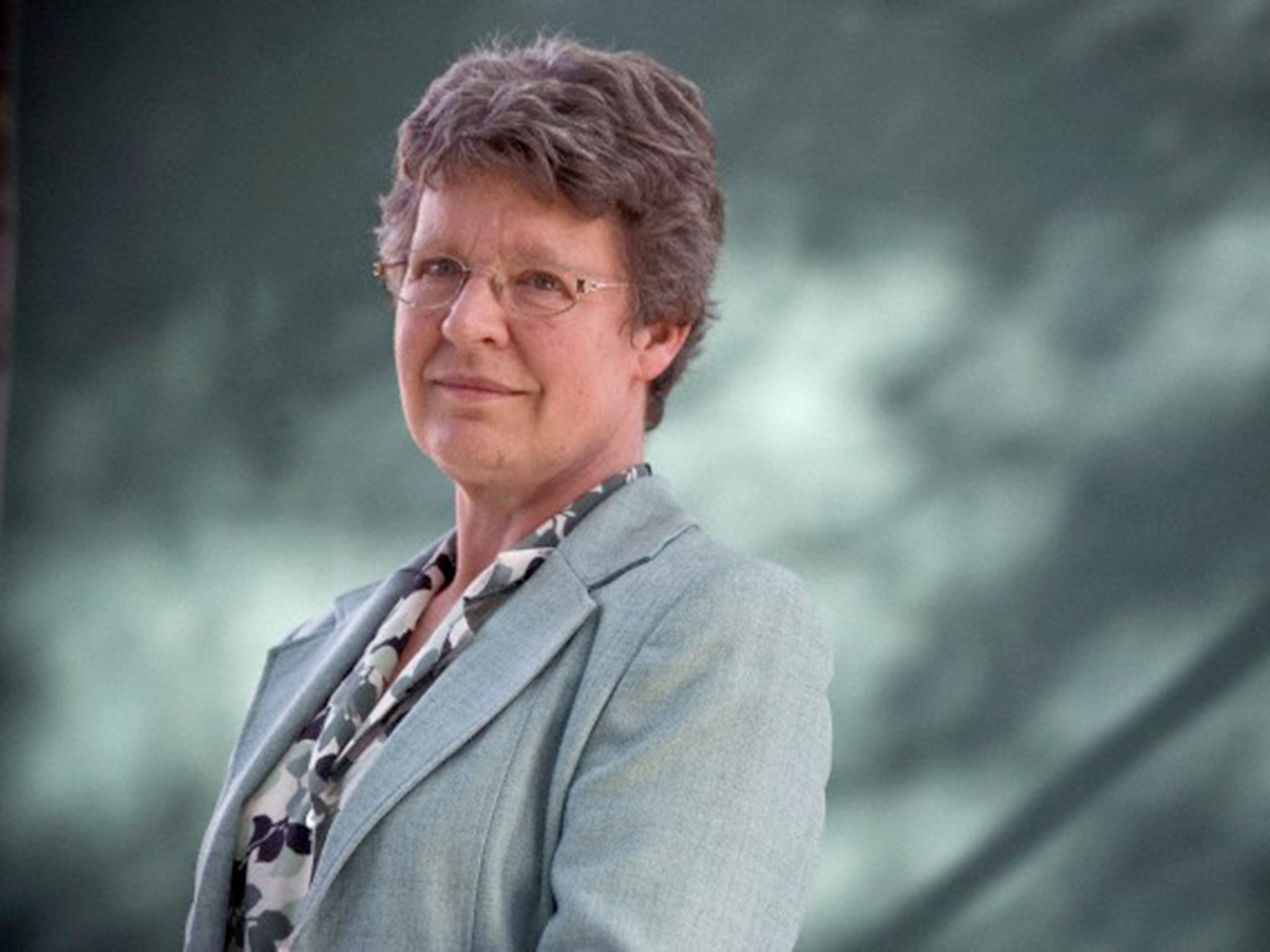International Women's Day: Five female scientists you probably haven't heard of
But you definitely need to know about them

Your support helps us to tell the story
From reproductive rights to climate change to Big Tech, The Independent is on the ground when the story is developing. Whether it's investigating the financials of Elon Musk's pro-Trump PAC or producing our latest documentary, 'The A Word', which shines a light on the American women fighting for reproductive rights, we know how important it is to parse out the facts from the messaging.
At such a critical moment in US history, we need reporters on the ground. Your donation allows us to keep sending journalists to speak to both sides of the story.
The Independent is trusted by Americans across the entire political spectrum. And unlike many other quality news outlets, we choose not to lock Americans out of our reporting and analysis with paywalls. We believe quality journalism should be available to everyone, paid for by those who can afford it.
Your support makes all the difference.All week I’ve been intrigued and inspired by posters appearing in my department that depict truly great scientists, mathematicians and engineers. Few of them were known to me or my fellow students, yet their achievements include revolutionising algebra, developing the first treatment for leukaemia, and discovering fundamental processes in physics.
Their only common characteristic? They are women, and their appearance on the walls marks International Women’s Day. Try to recall a woman scientist and Marie Curie may be the first and perhaps only name that springs to mind. This is a shameful state of affairs, when for more than a century scientists who happen to be women have reached great scientific heights, despite the many barriers they faced on account of their gender.
So here are five women whose amazing discoveries and contribution to science should be as well-known and respected as those of Marie Curie:
Lise Meitner – nuclear physics

Lise Meitner (1878-1968) was an Austrian physicist and the second woman to obtain a doctorate in physics at the University of Vienna in 1906, and the first woman in Germany to assume position of a full Professor of Physics in 1926. The annexation of Austria by Nazi Germany in 1938 forced Meitner to flee Germany due to her Jewish descent.
Meitner and Otto Hahn discovered nuclear fission in 1939, yet the 1944 Chemistry Nobel Prize was awarded only to Hahn who downplayed Meitner’s involvement. This was later described in Physics Today as “a rare instance in which personal negative opinions apparently led to the exclusion of a deserving scientist”.
Mary Anning – paleontology

Mary Anning (1799-1847) was a self-educated palaeontologist from a poor background in Lyme Regis in the southwest of England. Her discoveries of the first complete Ichthyosaur in 1811 and a complete Plesiosaurus in 1823 established her as an expert in fossils and geology, which she played a key role in establishing as a new scientific discipline.
Her expertise was much sought-after by educated male contemporaries even though, as a woman, she was ineligible to join the Geological Society of London. However, by the time of her death from breast cancer aged 47, Anning had gained the respect of scientists and the general public for her work.
Gertrude Elion – pharmacology

Gertrude Elion (1918-1999) graduated from Hunter College in New York in 1937 with a degree in chemistry. Unable to complete a postgraduate degree due to the Great Depression, undeterred she spent time working as a lab assistant (for US$20 a week) and as a teacher until she obtained an assistant position at the Burroughs-Wellcome company.
Here she developed Purinethol, the first treatment for leukaemia, anti-malarial drug Pyrimethamine, and acyclovir, a treatment for viral herpes still sold today as Zovirax. Later Elion oversaw the adaptation of Azidothymidine, the first treatment for AIDS. In recognition of her achievements she was presented with the Nobel Prize in Physiology or Medicine in 1988, despite having never completed her PhD.
Jocelyn Bell Burnell – astrophysics

With a PhD in astrophysics from Cambridge University, Jocelyn Bell (1943-) built and worked on a radio telescope during her graduate studies. Here she discovered a repeating radio signal which, though it was initially dismissed by her colleagues, she traced to a rotating neutron star, later called a pulsar. For Jocelyn’s discovery of radio pulsars, described as “the greatest astronomical discovery of the 20th century”, her supervisor and his colleague were awarded the 1974 Nobel Prize in Physics.
Burnell was completely omitted as a co-recipient, to the outrage of many prominent astronomers at the time. However Burnell has gone on to receive many subsequent awards and honours, was President of the Royal Astronomical Society and the first women president of the Institute of Physics, and was appointed Dame Commander (DBE) of the Order of the British Empire in 2007.
Rosalind Franklin – crystallography
Only now is Rosalind Franklin’s (1920-1958) reputation recognised: a chemist, she was responsible for much of the X-ray crystallography research that was critical to the discovery of the famous double helical DNA structure.
She worked in a climate that was far from inclusive to women; her fellow scientists' attitude towards her are typified by James Watson’s book The Double Helix in which he is condescending throughout and refers to her as “Rosy”, a nickname she was known to dislike. Tragically, Franklin died from ovarian cancer in 1958, aged just 37. Four years later Francis Crick, James Watson and Maurice Wilkins, were awarded the Nobel Prize in Physiology or Medicine and famously omitted Franklin from their acceptance speech.
Inspiration
My decision to study chemistry was inspired by my love for understanding the world around me and using science to help people. Learning about these incredibly tenacious women has kept me driven through tough weeks of thesis writing; the hardships they faced in their careers were immense in comparison to today.
Not only this, but it has reminded me of the amazing women colleagues around whom I am privileged to carry out my research. I spend time with scientists of many disciplines, all of whom inspire me daily. And while we women might happen to be fewer in number as scientists this has no bearing on our capacity to conduct intuitive, ground-breaking science now and for the future.

This article was originally published on The Conversation. Read the original article.
Join our commenting forum
Join thought-provoking conversations, follow other Independent readers and see their replies
Comments